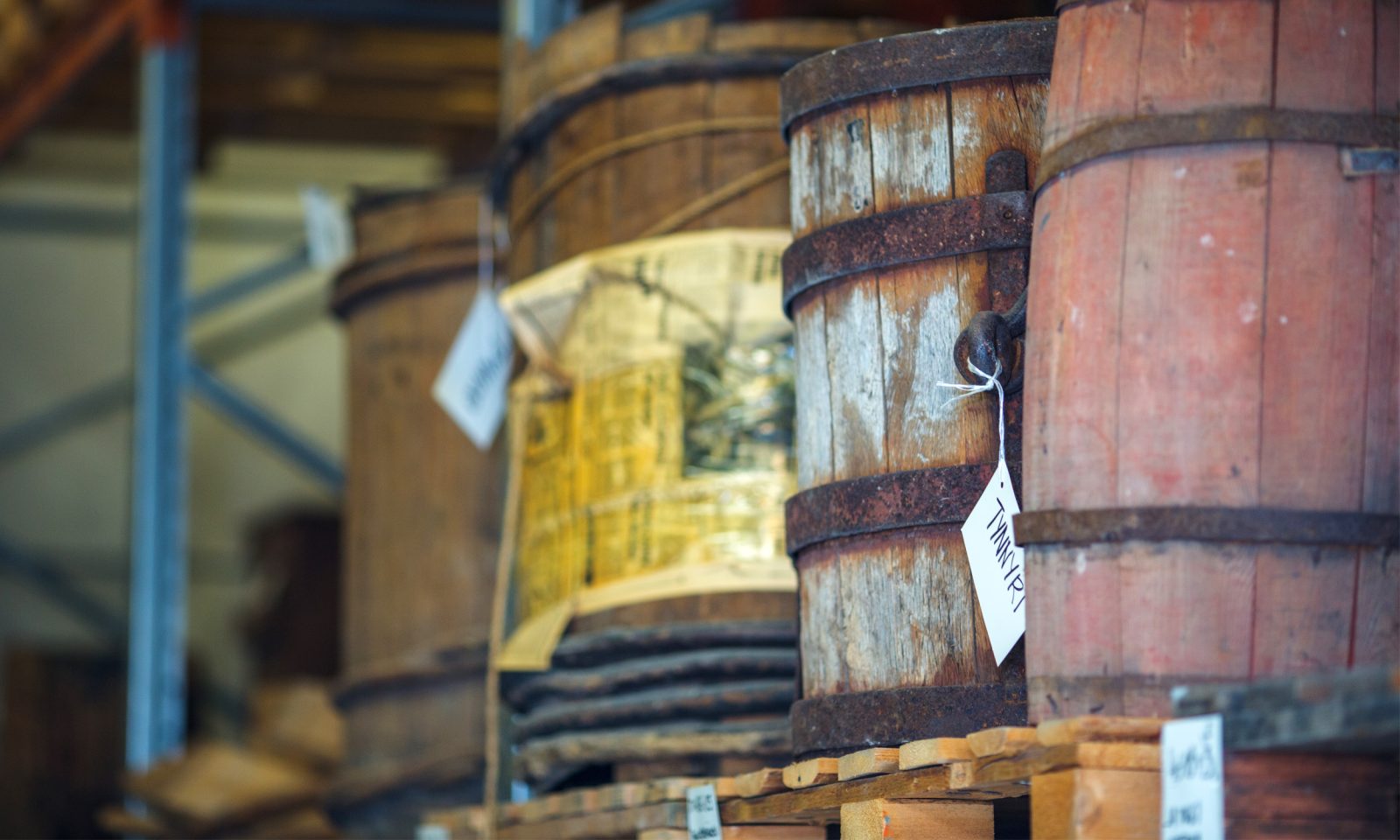Museum’s collections management is often visible to customers as objects in display cases. Museum collections are acquired for many reasons, for example the desire to preserve something for future generations to see and study. Collections contain much more information than just objects. Do you know how objects end up in the museum’s collections? Here are a few examples:
Sawdust is getting into your mouth, you’re sweating and EEK! Was that creature falling on your neck a spider! The museum workers are crawling in a cramped attic and sifting through objects and textile bags hanging from the ceiling. They have been called to the house owned by the heir to see if there are any objects to preserve in the museum.
The museum worker is sitting on the couch by the coffee table and listening to an elderly man reminiscing about his late wife. At the same time, the museum worker is taking a look at all kinds of small objects, considering if they can be donated to the museum. For the elderly man, every object has an emotional value, and that is why the museum worker feels anxious when selecting objects for the museum’s collections. And guilty when rejecting an object.
Siblings have not come to an agreement about their parents’ belongings. One wants to donate an object to the museum, the other hesitates and says he wants the object for himself. The museum worker tries to keep his cool so as not to show how much she would like to take that very object into the collections.
A donor comes to the museum with a bag full of items saying that the museum can take what they want from it and throw the rest in the trash. The donor also gives background information.
A donor calls the museum, offers objects, sends pictures when requested, and finally either the museum or the donor delivers the objects to the museum. The donor gives excellent background information. This method is the most common and the best.
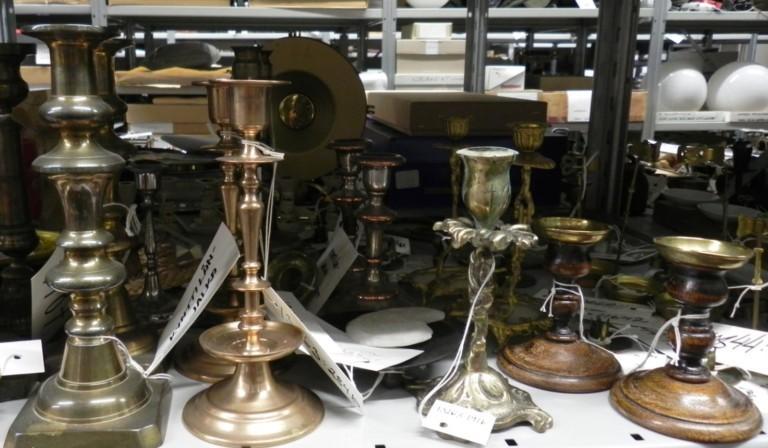
Some of the brass candlesticks of the museum's collections.
Everyday life and design from North Ostrobothnia
Northern Ostrobothnia Museum is committed to participating in the TAKO activity (= national collections management and contemporary documentation cooperation). With the activity, the museum aims to improve the quality of its operations together with other museums. TAKO has two main goals: division of recording work between museums and coordination of contemporary documentation.
The focal points of the Northern Ostrobothnia Museum’s collection are especially the designers of Northern Ostrobothnia, the tierna tradition (Finnish Star Boys), tar and youth culture. The museum has photographed Oulu during the covid-19 period and acquired objects related to the covid-19 period for its collections according to the agreement. Objects are usually donated, but the museum also has an annual acquisition allocation for object acquisitions. Recently, the museum has purchased new products by Northern Ostrobothnian designers, but also some everyday items to complement the collections.
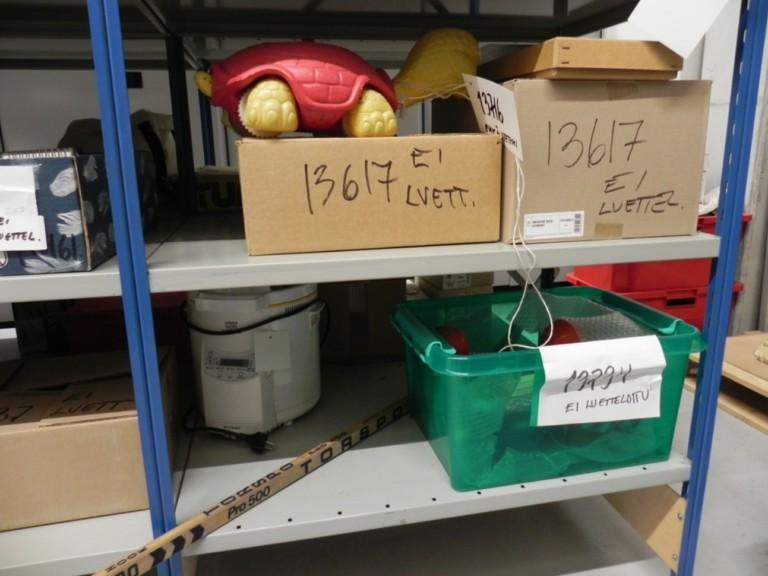
Uncatalogued items on the shelves of the collection storage room.
The museum collections staff are constantly on the lookout
Museum employees follow the media and phenomena, looking out for objects to be acquired for the collections, such as FabPatches designed by mothers from Oulu and especially FabPatches used by Finnish Olympic snowboarders in their jackets. Janne from Oulu competed in the Finnish Survivors TV format in 2019, and his sneakers, t-shirts and shorts worn in the competition were donated to the museum. At the same time, the production team received the unused tribal scarves from that season. This year the museum acquired items from the former Never Grow Old restaurant in Oulu. In this case too, the staff noticed that they were on sale from a magazine.
In the summer of 2022, the museum was contacted by Taitoshop in Northern Ostrobothnia owing to the craft boom during the covid-19 pandemic. The museum ended up acquiring a few popular products and craft packages and interviewing the executive director. The museum received calls from two places in Southern Finland about people and objects from Oulu: this is how the museum acquired a dining table and chairs designed by Eliel Saarinen, and everyday objects such as coffee tableware and glassware from the other place. All objects had been used in Oulu in the 1920s–1940s.
The aim is to enhance the collections primarily with objects from Oulu and Northern Ostrobothnia that are in good condition and with photographs or objects related to the area or local people. The history of the object to be included in the collection must be known. Multiple copies of similar objects are not taken without a valid reason, and efforts are made to screen objects even more carefully when they are donated.
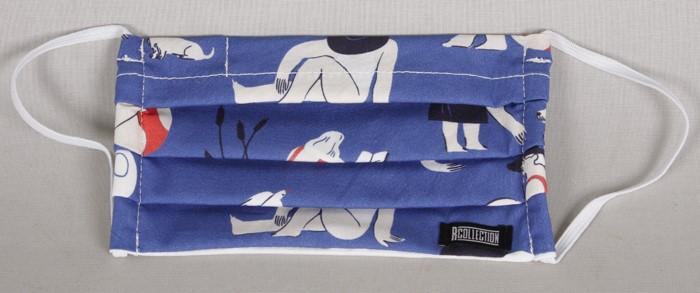
A face mask by R-Collection, catalogued as: ppm 13704:1ab.
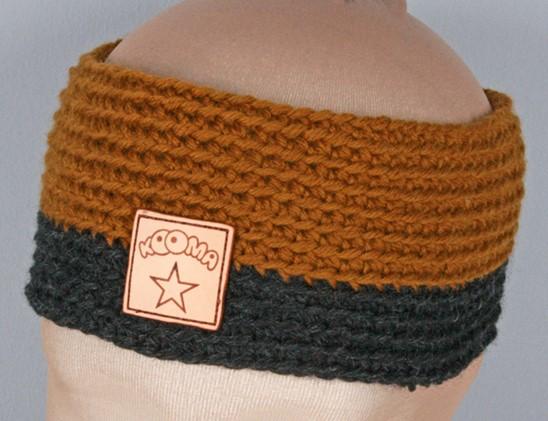
Kooma headband designed by Antti Putkonen, catalogued as: ppm 13782:3.
Collections management requires expertise and technical skill
What is pictured above would be an ideal situation, but unfortunately over the years the museum’s storage facilities have accumulated all kinds of objects that are broken, rusty, and lacking background information. Among other things, there are dozens of identical irons, sewing machines, educational boards, distaffs, looms, harmoniums, milk churns, radios, cobblers’ lasts and brass candlesticks. In recent years, some object inventories have been made and similar objects have been removed. The criteria have been poor condition of the object and lack of context.
This year in 2022, the museum has tried to refrain from taking larger amounts of objects due to changes in the new collection management system and the slight backlog of cataloging built up on the storage room shelves. Namely, each donation gets its own so-called main number, and the objects in it get their own sub-numbers. The objects are measured, documented, the most important information is cataloged in the database and the object is stored to await possible use in an exhibition or by a future researcher. At the moment, the next object to be donated to the
museum’s main collection will be given the main number 13800. In the future, the aim is to upload pictures and object information of the collections on the Finna.fi network online.
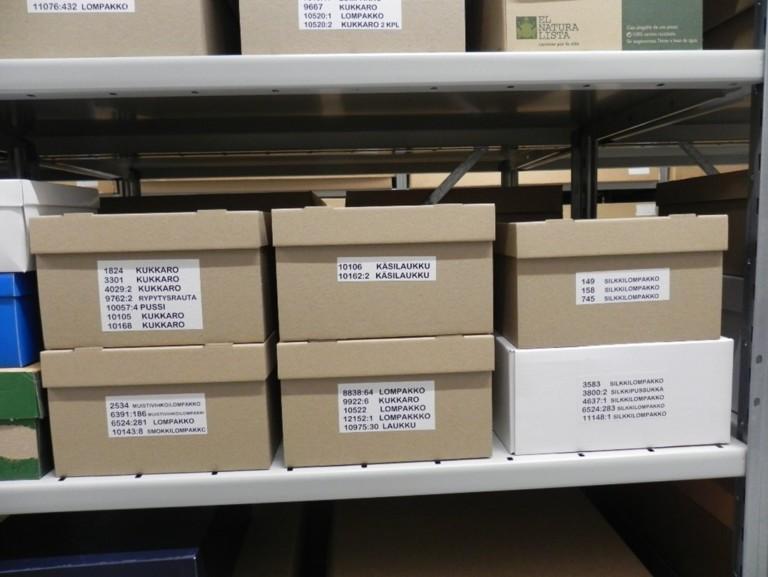
Catalogued small textiles on the collections storage room shelves.
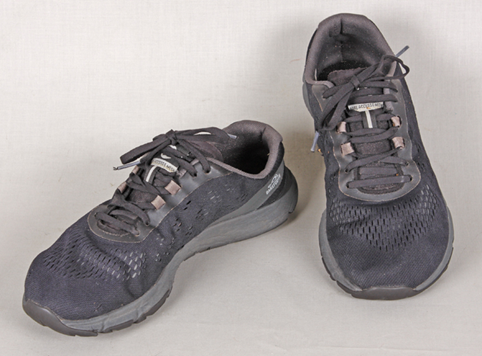
Janne’s sneakers, catalogued as: ppm 13665:7ab.
All objects are equally valuable
Northern Ostrobothnia Museum’s collections include approximately 80,000–85,000 objects. In terms of time, the collections are mainly from the 19th century to the present day and the newest item is from 2021. There are objects from private individuals, associations as well as companies. The oldest historical objects are from the end of the 18th century. However, most of the artefacts originate from the 1940s to the 1970s. The collections include the so-called main collection, the school museum collection, the health care and power company museum collections, as well as outdoor museum collections and archaeological collections.
In addition to objects and textiles, the picture archive of the Museum of Northern Ostrobothnia has more than 500,000 pictures of people, cities, buildings, landscapes and events. The museum’s photo collection is enriched mainly with images depicting Oulu and Oulu residents, as well as images related to North Ostrobothnia. The image archive is a public archive, and you can order digital files of the images stored there.
As a general rule, it can be said that museum professionals do not make value judgements about their objects, but every object is valuable, whether it is a ragged teddy bear with a floppy ear or a display of a 17th-century silversmith’s skill such as Anders Brusen’s jug from 1678–1683. The museum’s oldest pewter jug from the historical period and the item number 1, the communion wine jug, is from the 14th century and was found in Illinsaari in Ii. The jug was probably used to store communion wine in the Ii Church.
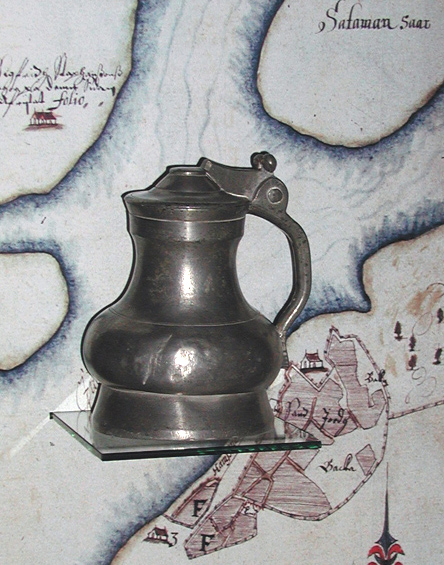
Pewter jug found from Illinsaari in Ii is the North Ostrobothnia Museum’s item number 1.
The text about the Northern Ostrobothnia Museum’s collections was written by chief curator Eija Konttijärvi
